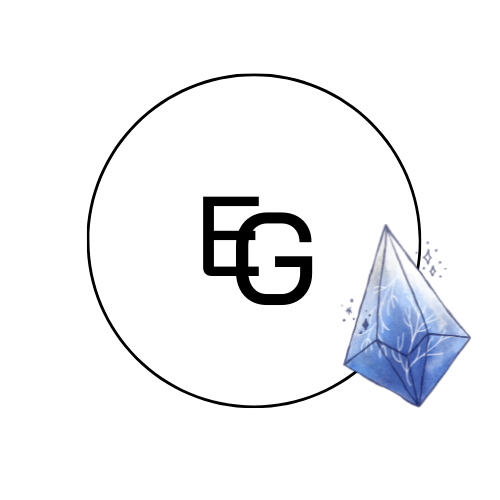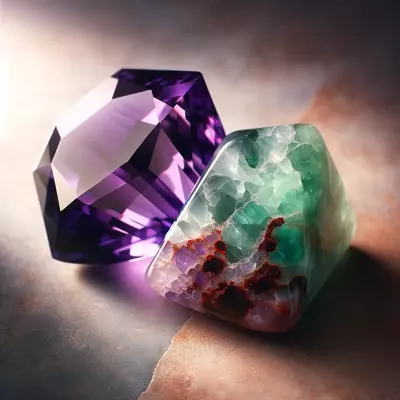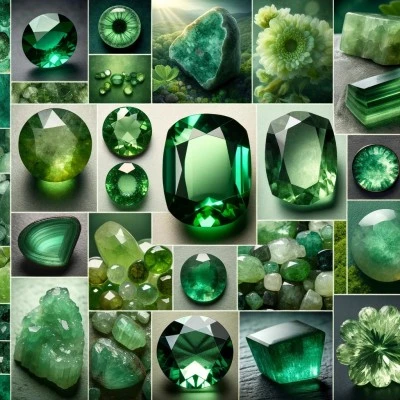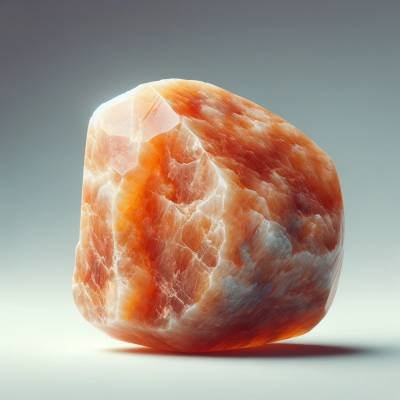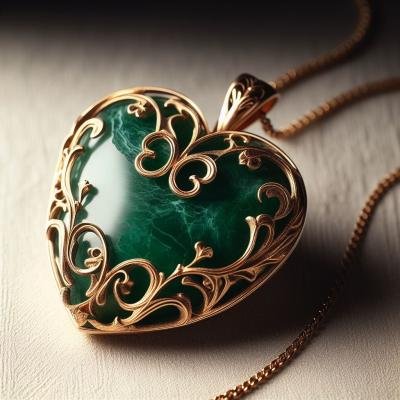Discover What Are the 2 Birthstones for February: Amethyst & Bloodstone’s Secrets
February, a month often associated with themes of love and renewal, is uniquely represented by two distinct birthstones: amethyst and bloodstone. Each stone carries its own set of meanings and historical significance. Amethyst, with its vibrant purple hues, symbolizes wisdom and courage. In contrast, bloodstone, a dark-green gem with flecks of red, is revered for its healing and protective properties. Together, these gems encompass the dual nature of February, blending mystique with strength.
I. Introduction
February, distinguished by its two captivating birthstones, offers a rich tapestry of history, symbolism, and healing properties through the amethyst and bloodstone. These gems not only enhance the beauty of those born in this month but also carry deep cultural and personal significance.
II. The Amethyst: February’s Purple Gem
A. Historical Significance of Amethyst
With its striking purple color, amethyst has been cherished throughout history, from ancient Egypt to medieval Europe. It was believed to prevent intoxication—hence the name, derived from the Greek word “amethystos,” meaning “not drunk.” Royalty frequently adorned themselves with amethysts, utilizing their beauty and supposed protective powers.
B. Symbolism and Meanings
This gemstone is often associated with clarity of mind, calmness, and protection from negative thoughts. It’s also linked to the crown chakra, promoting spiritual growth and wisdom. Amethyst’s vibrant hue symbolizes royalty and nobility, embodying the essence of February’s majesty.
C. Varieties and Characteristics
Amethysts range in color from light lavender to deep violet, influenced by iron impurities and irradiation. The gemstone’s quality depends on its color saturation, with the deepest purples being the most valued. Geodes, clusters, and single crystals offer a variety of options for jewelers and collectors.
III. The Bloodstone: A Symbol of Vitality and Protection
A. Origins and History
Bloodstone, also known as heliotrope, has a storied past, dating back to ancient civilizations where it was revered for its healing properties and ability to stop bleeding. It’s a form of chalcedony that includes red inclusions of hematite, which resemble drops of blood.
B. Symbolic Meanings of Bloodstone
Traditionally, bloodstones have been a symbol of courage, strength, and invincibility. It’s believed to possess protective qualities, warding off negative energy and fostering resilience. The stone is also thought to stimulate dreaming and heighten intuition.
C. Physical Properties and Variations
Bloodstone’s primary color is dark green, with red spots that give it its name. Its appearance can vary significantly, with some stones showing a more uniform green and others heavily speckled with red. The quality of bloodstone is determined by its color saturation and the prominence of red spots.
IV. Comparing February’s Birthstones
A. Color and Appearance
Amethyst and bloodstone offer a striking contrast: the serene, royal purple of amethyst stands in opposition to the earthy, robust appearance of bloodstone. This juxtaposition reflects the multifaceted nature of February’s essence.
B. Cultural and Historical Differences
While amethyst has been predominantly associated with royalty and spirituality, bloodstone carries a more grounded legacy connected to health and protection. These differences highlight the diverse ways cultures have valued these stones throughout history.
C. Healing Properties and Uses
Amethyst is widely used for its calming and meditative effects, while Bloodstone is sought after for its energizing and revitalizing qualities. Both stones are used in crystal healing practices to promote physical and emotional well-being.
V. The Significance of Birthstones in Modern Times
A. Personal Significance
In contemporary society, birthstones like amethyst and bloodstones offer a personal connection to one’s birth month, serving as a symbol of identity and a source of comfort. They are often used in jewelry as a form of self-expression and personal talisman.
B. Gift Ideas for February Birthdays
Jewelry featuring amethyst or bloodstone makes a thoughtful and personalized gift for February birthdays. Options range from necklaces and bracelets to rings and earrings, each displaying the unique attributes of these stones.
C. How to Care for and Clean February Birthstones
To maintain the beauty and integrity of amethyst and bloodstone jewelry, it’s important to clean it gently with soap and water, avoiding harsh chemicals. Storing it separately will prevent scratches and preserve its luster.
VI. FAQs
Q: Can I wear both February birthstones together?
A: Yes, amethyst and bloodstone can complement each other when worn together, offering a unique blend of spiritual and protective energies.
Q: How do I know if my amethyst or bloodstone is genuine?
A: Purchasing from reputable dealers and seeking certificates of authenticity can help ensure the genuineness of your gemstones.
Q: Are there any special care instructions for amethyst and bloodstone?
A: Both stones should be cleaned with mild soap and water and protected from extreme temperatures and harsh chemicals to maintain their color and finish.
Q: Can February birthstones influence health and well-being?
A: While many believe in the healing properties of amethyst and bloodstone, such effects are subjective and not scientifically proven.
Q: What makes amethyst and bloodstone suitable for gifts?
A: Their rich symbolism, beauty, and personal significance make them thoughtful gifts for anyone born in February or anyone drawn to their qualities.
Q: Is there a best way to wear February birthstones to maximize their benefits?
A: Wearing these stones close to the body, such as in a ring or pendant, is believed to enhance their healing properties, though personal preference should guide how you wear them.
Q: Do amethyst and bloodstone have different care requirements?
A: The care for both stones is similar: gentle cleaning and avoiding harsh environments. However, amethyst may fade in direct sunlight, so it’s wise to store it away from prolonged exposure.
VII. Conclusion
February’s birthstones, amethyst and bloodstone, offer more than just aesthetic appeal. They carry centuries of history, embody deep symbolic meanings, and provide personal significance to those who wear them. Whether chosen for their beauty, healing properties, or cultural connections, these gems reflect the richness of February’s legacy.
VIII. Suggested Readings
Exploring the world of gemstones through these readings can deepen your appreciation for the natural beauty and mystical qualities of amethyst and bloodstone:
- “Crystals for Beginners” by Karen Frazier – An easy guide to understanding the power and uses of crystals, including amethyst and bloodstone.
- “The Crystal Bible” by Judy Hall – A comprehensive guide to crystals, their properties, and how to use them for healing, with specific sections on February’s birthstones.
- “Gemstones of the World” by Walter Schumann – A detailed reference book on various gemstones, including amethyst and bloodstone, their characteristics, and significance.
- “The Book of Stones: Who They Are and What They Teach” by Robert Simmons and Naisha Ahsian – This guide explores the spiritual and healing qualities of over 200 crystals, including those significant to February.
Whether you’re a seasoned collector or a curious newcomer, the journey into the lore and science of these stones promises to enrich your understanding and connection to the earth’s treasures.
